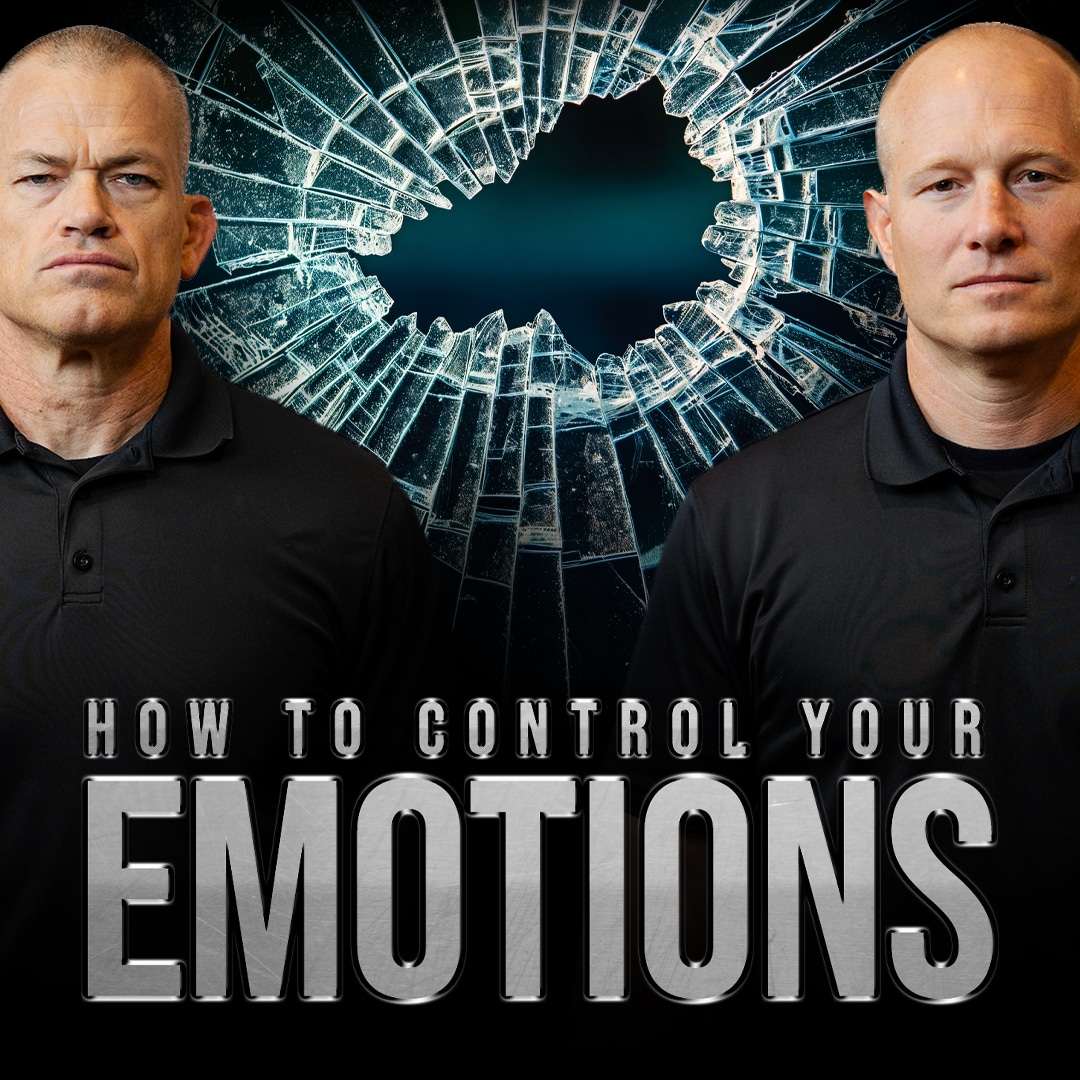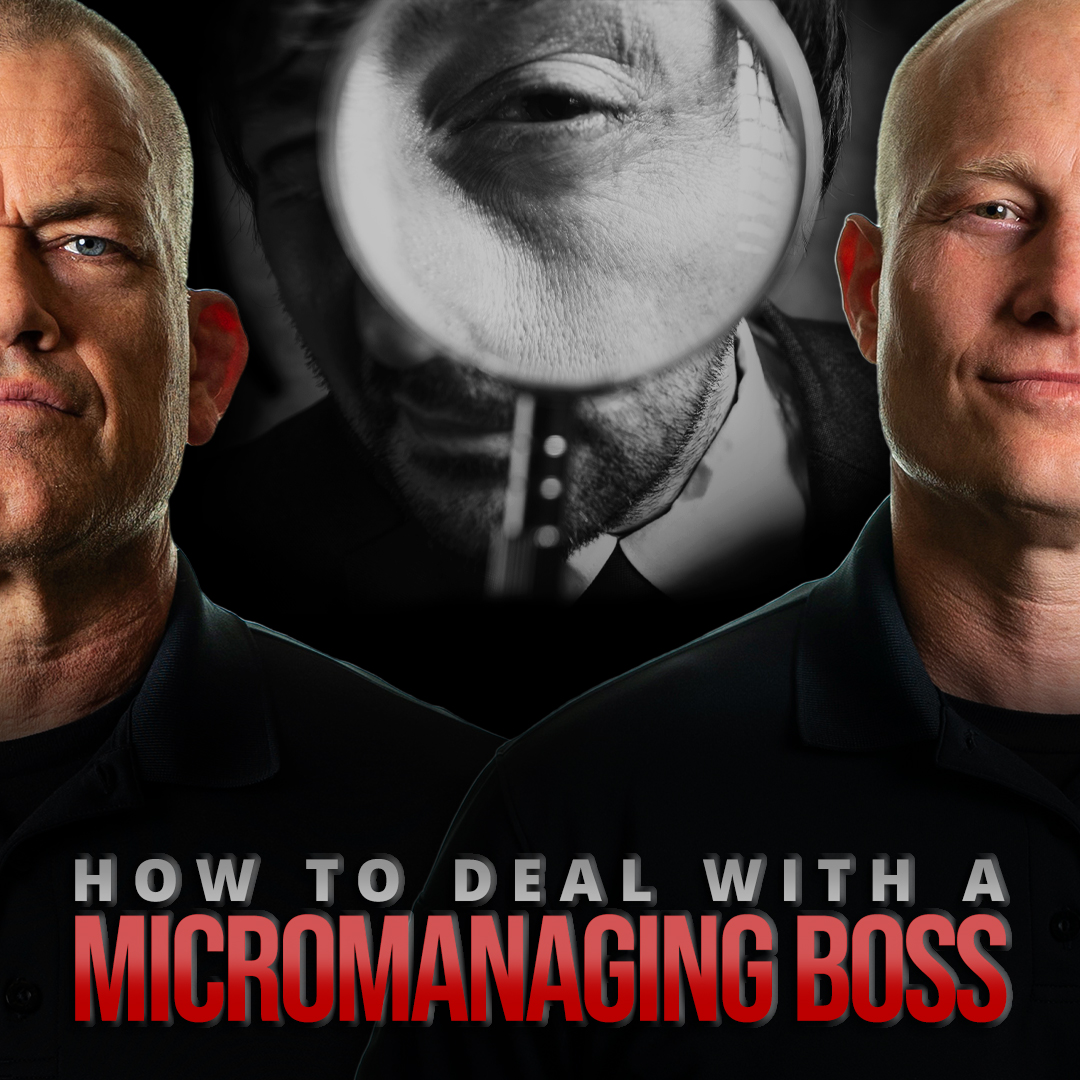Every leader eventually faces a moment when the situation is outside their control. The market shifts. A client’s business goes under. The weather forecast predicts rain. A competitor encroaches on companies. Circumstances change without warning, and external forces threaten all the team has been working towards.
In those moments, stress rises. Uncertainty takes over. And the question becomes: What now?
You’re likely feeling overwhelmed by this stress. That’s our human nature. Many people instinctively try to tighten their grip and end up controlling, worrying, and doing more. But this is the opposite of what you need to do. You shouldn’t try to manage what is unmanageable. You need to lead through it.
When you learn how to let go of things you can’t control, you can fully commit to what you can solve. That isn’t surrendering to the problem. It’s a strategy to solve it. And it’s a skill leaders have to develop.
At Echelon Front, this mindset is the foundation of Extreme Ownership. By owning the factors you can control, you can see every problem as a leadership problem that you have the power to solve. Good leaders look for problems preemptively and take initiative, rather than letting these brew into bigger problems. Leaders must hold their team together and direct them towards the mission even when everything seems to be falling apart.
Why Letting Go Is Necessary
Learning how to accept things that are out of your control doesn’t mean you stop caring or ignore problems. It means you intentionally choose to focus solely on what you can control.
Ineffective leaders spend their time reacting to uncontrollable factors. They worry about market volatility once it’s rocky and only respond to competitor encroachment when it’s too late. They spend precious energy on organizational decisions outside their lane or on other people’s attitudes.
When they become bogged down in these problems, people become frustrated and mentally fatigued. Worse, this prevents them from taking meaningful action where they actually have influence.
Effective leaders cut through that noise. They step back, assess the situation, and ask: “What can I own in this moment?”
Letting go requires the practice and act of detachment. Detachment is the ability to step back to assess the situation clearly and see what should be done. We can view challenges without bias or emotional interference when we detach from our ego, emotions, and perspective. This allows leaders to see what is out of their control and what must be let go of to get the job done.
Then, they act decisively on what’s within their control. This is how they lead teams through volatility, build momentum in uncertain environments, and earn trust by staying calm and focused under pressure. That is how to let go of things you can’t control in real time.
Letting Go Reveals What to Own
Trying to control everything is impossible. You only end up burnt out, incapable of leading to your fullest extent. But once you let go of the things you can’t control, you gain clarity on what is.
You can’t change external circumstances, but you can:
- Prepare your team
- Communicate with clarity
- Set the example
- Adapt your plan
- Execute under pressure
Leadership begins by asking a simple question: “How can I take ownership over this?”
In any scenario, you always have a set of tools at your disposal:
- Your attitude
- Your communication
- Your planning
- Your preparation
- Your execution
- Your example
When leaders stay locked onto these priorities, their leadership remains effective, regardless of the external factors. But when they get distracted by what they can’t control, they become reactive, emotional, and ineffective.
You may not control the situation, but you do control how you respond to it and how your team responds with you. Learning how to let go of things you can’t control means fully engaging with what’s in your lane and leaving the rest behind.
Every Problem Is a Leadership Problem
This isn’t a catchphrase. It’s a core belief we have here at Echelon Front.
Every problem, in every aspect of life and every environment, is a leadership problem.
The problem isn’t the market factors, weather delays, or regulations but how we as human beings respond to these uncontrollable factors. Leadership is about human nature, and in any and every environment, we are interacting with other human beings. And in every situation, we make a choice whether to react to what’s out of our control or respond with our leadership.
When you examine any situation through the lens of leadership, one constant emerges: you. Your actions. Your mindset. Your communication. The only way to control a situation is by better leading the people involved. And only then can you let go of the things you can’t control.
When a team misses deadlines, a client backs out, or a system breaks down, there’s always a leadership opportunity. Something wasn’t communicated, anticipated, or addressed early enough. You may not have directly caused the problem, but you contributed to it. And you can take responsibility for what happens next. Ask yourself:
- Did I clearly define the standard?
- Did I give the team what they needed to succeed?
- Did I lead effectively under pressure?
- What can I improve moving forward?
Even if you are the only person involved in the problem, you have an obligation to lead yourself through it. This is the same formula of how to accept things that are out of your control. Detach from your emotions, stay honest with yourself, and evaluate what you can do better going forward.
Sometimes you’ll face an even harder lesson—how to accept things you cannot control without letting them define you. That’s part of leadership too.
Good leaders don’t wait for someone else to step in. They step forward by looking for ways to take ownership of the problem. They let go of what they can’t control and fully accept the one thing they must: their leadership.
Conclusion: Take Ownership. Take Action.
The world will always be full of uncertainty. You’ll never control every variable. But you can choose to lead through it by taking ownership of what’s yours—your mindset, your preparation, your communication, and your execution.
That’s what makes the difference.
That’s how effective leaders stand out.
That’s how to let go of things you can’t control and how to lead with clarity.
And that’s how every problem becomes a leadership problem, because it reveals an opportunity to lead.
While you can’t control everything, accept the one thing you can always control: your leadership. At Echelon Front, we created a course to help you develop this mindset. Barriers to Extreme Ownership is a step-by-step training that enables you to identify what you’re avoiding, where you need to take more ownership, and how to accept things that are out of your control while still executing under pressure.



